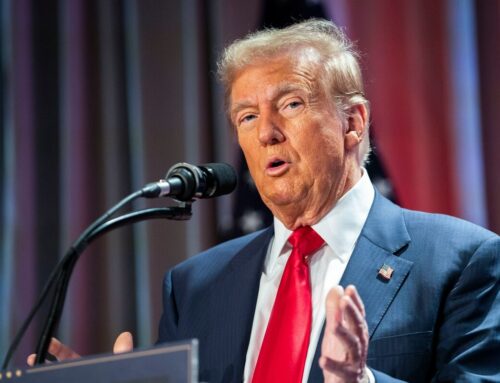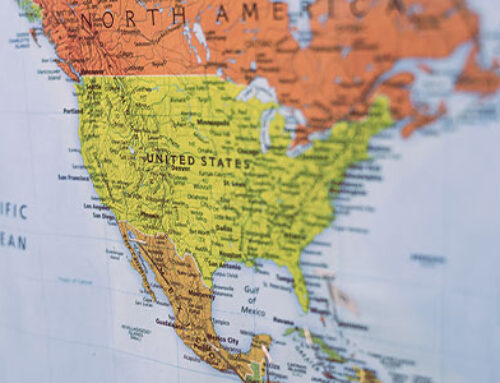BOEM issues call for wind energy leasing off Guam
January 3, 2025
Federal energy planners issued a call Friday to gauge industry interest in future wind energy leasing off the U.S. territory of Guam in the Pacific. The Bureau of Ocean Energy Management said the government of Guam “aims to generate 50 percent of its electricity from renewable energy sources by 2035 and 100 percent by 2045.”
The call will be published with two weeks left in the outgoing Biden administration, part of a final scramble by BOEM to advance ocean wind energy before the arrival of hostile Trump administration Jan. 20.
“Responsible offshore wind development off Guam’s coast offers a vital opportunity to expand clean energy, cut carbon emissions, and reduce energy costs for Guam residents,” BOEM Director Elizabeth Klein said in announcing the notice. “We remain committed to tackling the climate crisis, achieving President Biden’s energy goals, and ensuring economic opportunities for all, including underserved communities.”
The Jan. 6 publication will start a 90-day comment period ending April 7, when the public “can submit relevant information on site conditions, marine resources, and ocean uses near or within the Call Area,” according to BOEM. “Concurrently, wind energy companies can nominate specific areas they would like to see offered for leasing.”
The call document requests information on one contiguous area around the island of about 2.1 million acres, beginning 3 nautical miles from shore at its closest points, in water depths ranging from approximately 350 to 2,200 meters (1,148’ to 7,217’). Information on the potential Guam call area is already published online at BOEM’s Guam webpage.
The Guam proposal could be an early casualty of president-elect Donald Trump, who has promised dramatic action to shut down U.S. offshore wind development soon after his coming inauguration.
If the process were to proceed as it has under the Biden administration, BOEM would consider public comments and nominations for commercial energy development and analyze potential use conflicts, before designating specific wind energy areas (WEAs) within the call area.
Search
RECENT PRESS RELEASES
Related Post


